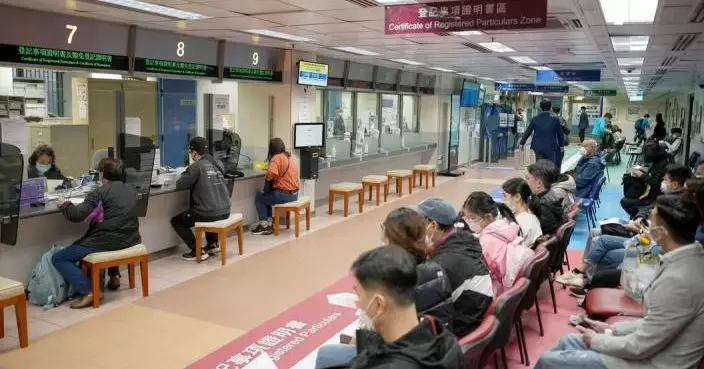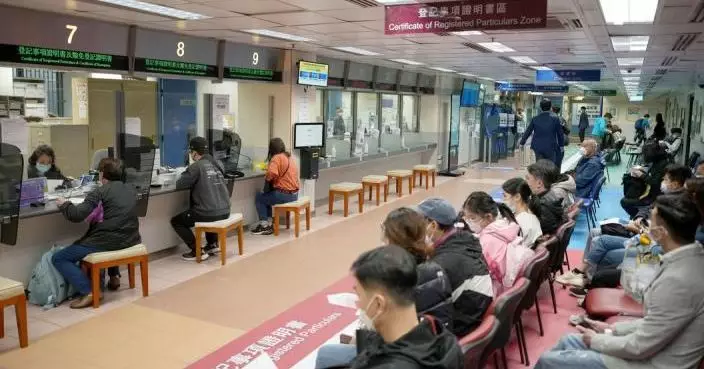Calling all artists: apply now for exciting opportunity to use school venues in pilot scheme
The Pilot Scheme on the Use of School Venues by Arts Groups is open for arts groups' application today (May 2). Arts groups may hire the school venues for rehearsals during after-school hours.
Booking applications are accepted from May 2 to 31 and mid-September to October in 2024. Each round of booking will be closed at 5.30pm on the last working day of the month of May or October. Arts groups are required to submit confirmed venue booking details as a proof that the rehearsal is related to a public performance within the next 12 months. Details including the list of participating schools, information on facilities opened and rate of hire charges, etc are available at the Scheme website (www.lcsd.gov.hk/en/programmes/programmeslist/schoolvenuesbyartsgroups.html).
The Scheme was announced in the 2023 Policy Address. It aims to open parts of school venues for rehearsals by arts groups during after-school hours on a pilot basis to provide more venues for arts groups. At the same time, it fosters the development of the arts and cultural industries as well as promotes arts education through the provision of more opportunities for students to access artistic creations. The Scheme is jointly taken forward by the Culture, Sports and Tourism Bureau, the Leisure and Cultural Services Department, and the Education Bureau.

Source: AI-generated images
Take control of your health: join the fight against high blood pressure on world hypertension day
The following is issued on behalf of the Committee on Reduction of Salt and Sugar in Food:
In support of World Hypertension Day, held annually on May 17, the Committee on Reduction of Salt and Sugar in Food today (May 17) urged the public to avoid excessive salt intake so as to lower the risk of developing hypertension.
Excessive dietary salt (sodium) intake is a major cause of hypertension. Dubbed "the silent killer", hypertension that does not receive early treatment can lead to serious diseases such as heart disease, stroke and kidney failure, etc. According to the Report of Population Health Survey (PHS) 2020-2022 published by the Department of Health, local persons aged 15 to 84 had an average daily salt intake of 8.4grams (about 3400 milligrams of sodium), exceeding the daily limit as recommended by the World Health Organization by over 70 per cent. In addition, one in every four persons (29.5 per cent) among the said age group had hypertension. Among those with hypertension, more than 40 per cent were not aware of having hypertension until attending the PHS health examination.
Reducing one's salt intake helps lower the risk of developing hypertension, cardiovascular disease and stroke. According to studies conducted by the Centre for Food Safety, nearly 70per cent of sodium intake by local adults comes from condiments and sauces, soup, and processed and cured meat. Reducing the amount of salt intake is not difficult. By gradually cutting back on sodium in one's daily diet, taste buds will become accustomed to the milder taste. Some feasible ways to reduce salt intake are as follows:
When dining out, request sauces to be served separately from the food, choose a reduced salt option, or dishes with no or less sauce;
Reduce the consumption of processed foods such as sausage, ham and bacon etc;
Use fresh foods when cooking at home with natural spices or fruits, such as ginger, green onion, garlic, herbs, chili, turmeric, black pepper, lemon juice, etc as natural seasonings to enhance the flavour of dishes and reduce sodium intake;
When buying prepackaged food products, check for the sodium content on the food nutrition labels and choose less salt (sodium) foods. For example, the sodium content of tuna in mineral water is less than that of tuna in brine or seasoned tuna
More information on salt and sugar reduction is available on the Facebook page of Hong Kong's Action on Salt and Sugar Reduction.

Source: AI-generated images










